Growing Gourd Plants: Learn How To Grow Gourds

Growing gourd plants is a great way to add variety to the garden; there are many types to grow and just as many things you can do with them. Let's learn more about how to grow gourds, including tips for homegrown gourd care, harvesting gourds, and their storage.
Growing Gourd Plants
Gourds are a warm season crop in the same family as squash, cucumbers, and melons. Native Americans used gourds practically for dishes and containers as well as ornamentally. Growing gourd plants is an interesting pursuit mainly because there are so many different types from which to choose. In fact, there are over 30 different large, hard-shell gourd varieties and over 10 ornamental varieties.
When to Plant Gourds
Plant gourds in the garden after the danger of frost has passed. Gourds can be started inside several weeks earlier to give them a head start, if desired. It's important to plant gourds in a location where they will receive plenty of sunshine and have well-drained soil. Gourds are hardy vines that can take up a lot of space to allocate space according to the variety you're planting. Provide plenty of rich organic material for gourds and a light layer of mulch to retain moisture.
Homegrown Gourd Care
Gourd plants are prone to attack by the cucumber beetle, which can kill the plant. Keep a close eye on the plant during the growing season and use either organic or standard methods to control disease and pest damage. A good sprinkle of diatomaceous earth every couple of weeks is an excellent preventive tool as is companion planting. Young plants require plenty of water, but unless there is very little rainfall, it isn't necessary to water as much once plants mature.
Harvesting Gourds
Gourds should be left on the vine until the stems and tendrils begin to brown. Gourds should be lightweight, which is an indication that the water inside is evaporating and the pulp is drying. Removing a gourd from the vine too early will cause it to shrivel and rot. As a general rule of thumb, remember that you can never leave a gourd on a vine too long, but you can take it off too soon. When you cut the gourd, leave enough of the vine or stem that can be used as a handle.
Storing Gourds
Store gourds in a well ventilated, dry space such as an attic, garage, or barn or on a drying rack in the sun. It can take anywhere between one and six months for a gourd to completely dry. Wipe off any mold with a very weak bleach and water solution if you are going to store the gourds inside. If using for crafting purposes, the gourds should be brown and dry, and the seeds should rattle inside.
Gardening tips, videos, info and more delivered right to your inbox!
Sign up for the Gardening Know How newsletter today and receive a free copy of our e-book "How to Grow Delicious Tomatoes".
-
 Get Ready For A Summer Of Hummers! Grow These Full Sun Hummingbird Plants and Flowers
Get Ready For A Summer Of Hummers! Grow These Full Sun Hummingbird Plants and FlowersIf you’re lucky enough to enjoy a sunny backyard, make sure you are maxing out on your pollinator opportunities and grow these full sun hummingbird plants and flowers
By Tonya Barnett
-
 12 Lush Alternatives To A Lawn For Sustainable Spaces
12 Lush Alternatives To A Lawn For Sustainable SpacesAlternatives to a lawn are beautiful and also beneficial to your local ecosystem and its pollinators. Explore our top picks for plants to replace grass.
By Tonya Barnett
-
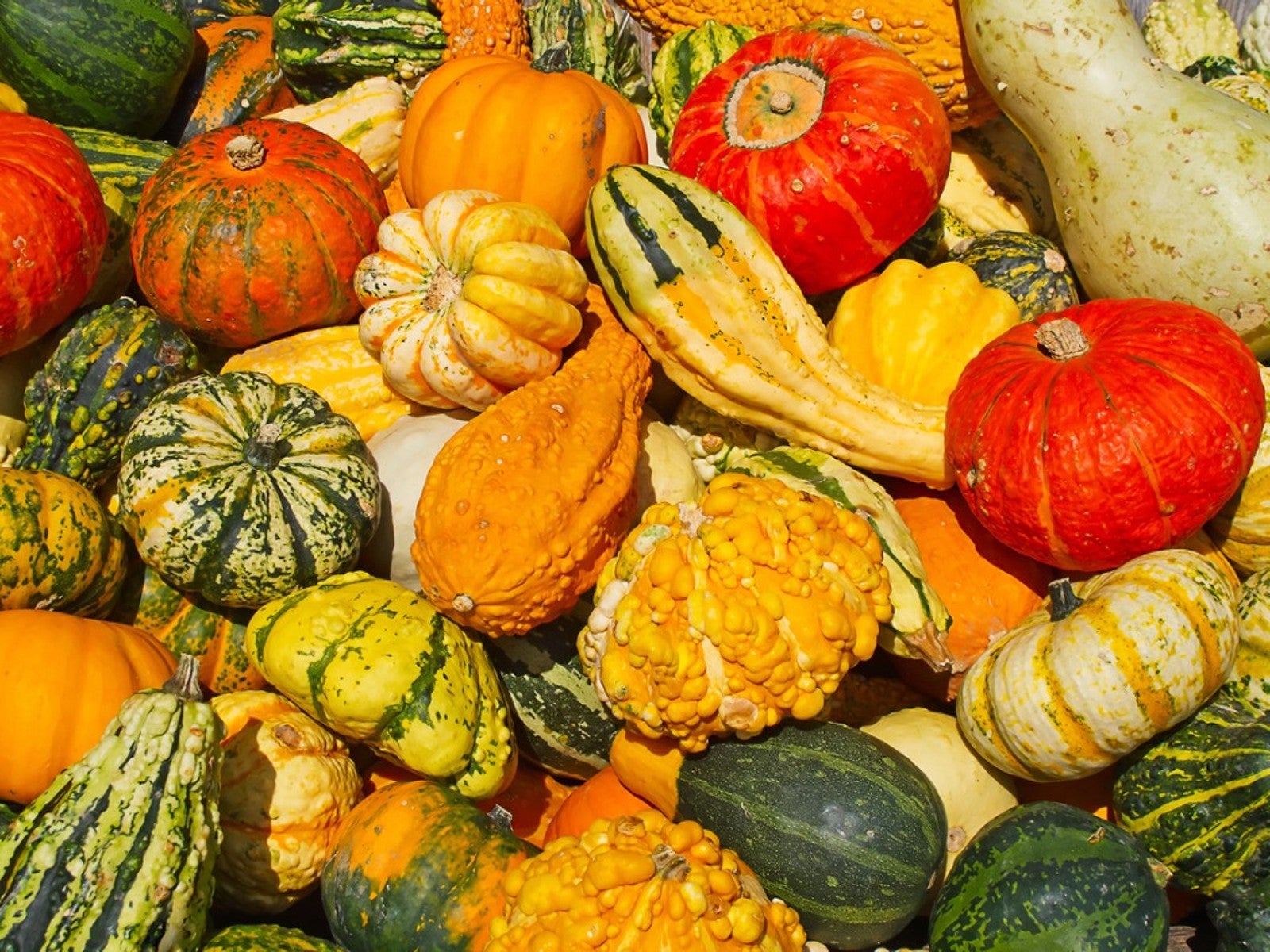 5 Ornamental Gourds To Try - Fascinating Gourd Varieties
5 Ornamental Gourds To Try - Fascinating Gourd VarietiesDid you know gourds were among the first plants cultivated by early humans? Here's our list of the five most fascinating gourds to grow.
By Laura Miller
-
 What Is A Fluted Pumpkin – Growing Nigerian Fluted Pumpkin Plants
What Is A Fluted Pumpkin – Growing Nigerian Fluted Pumpkin PlantsNigerian fluted pumpkins are consumed by 30 to 35 million people, but millions more have never even heard of them. Read on to learn about growing fluted pumpkins.
By Amy Grant
-
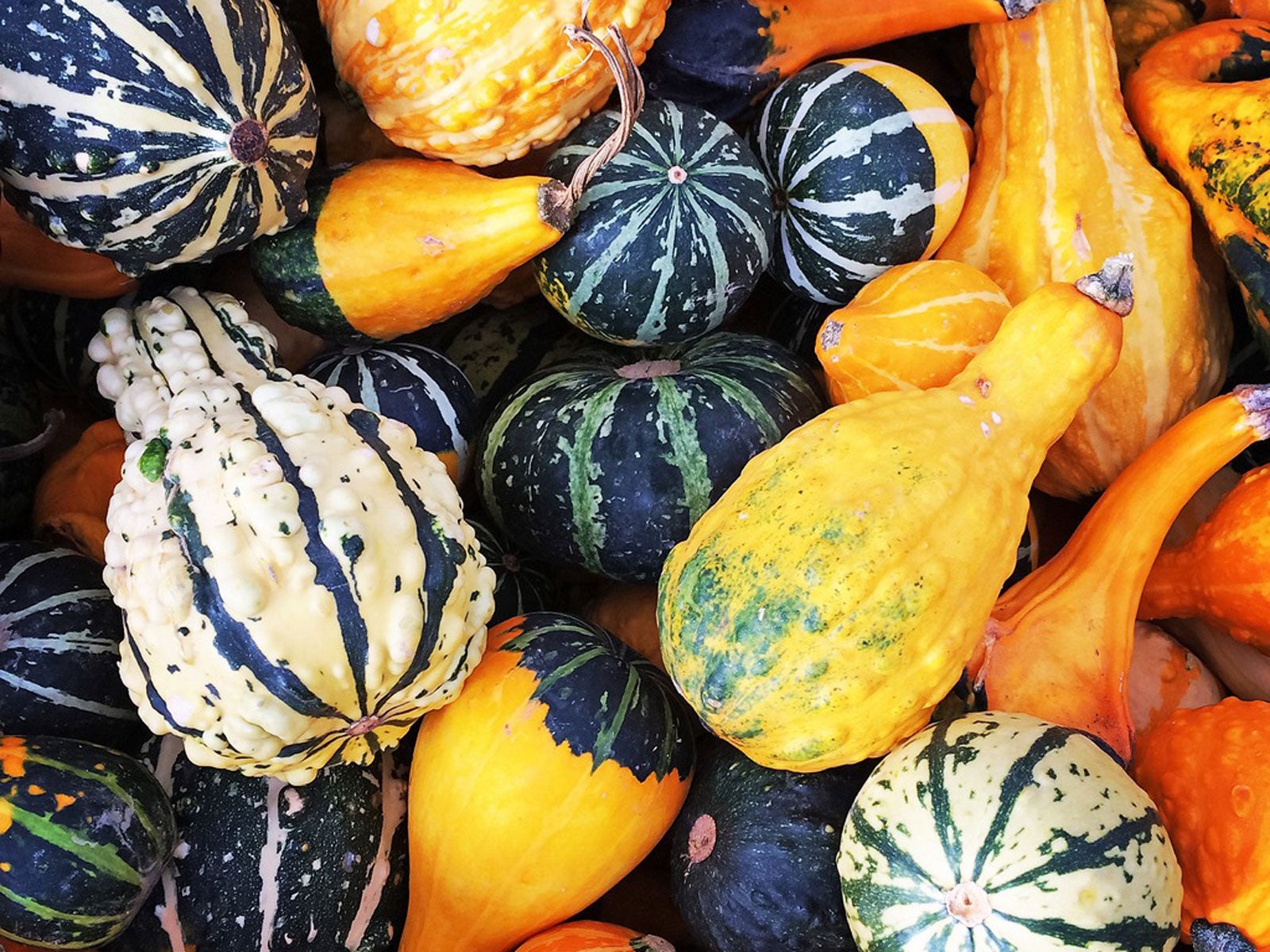 Using Decorative Gourds: Learn About Things To Do With Gourds
Using Decorative Gourds: Learn About Things To Do With GourdsIf you're looking for ideas to put together ornamental gourd displays, click here. There are lots of things to do with gourds in autumn.
By Teo Spengler
-
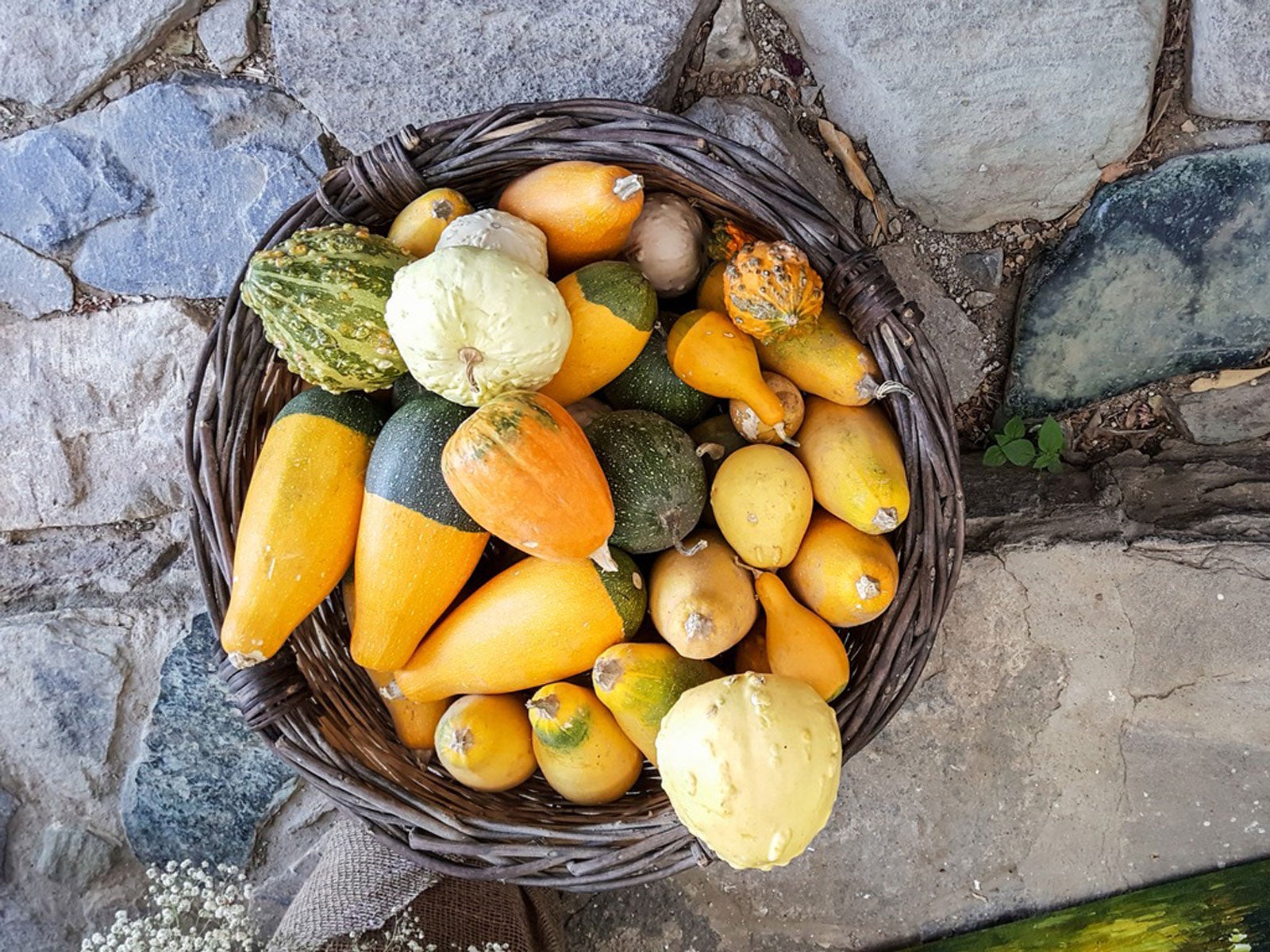 Are Gourds Edible: Learn About Eating Decorative Gourds
Are Gourds Edible: Learn About Eating Decorative GourdsFall signals gourds in every shape, size, and color. Related to squash and pumpkins, one may wonder, are gourds edible? Find out here.
By Bonnie L. Grant
-
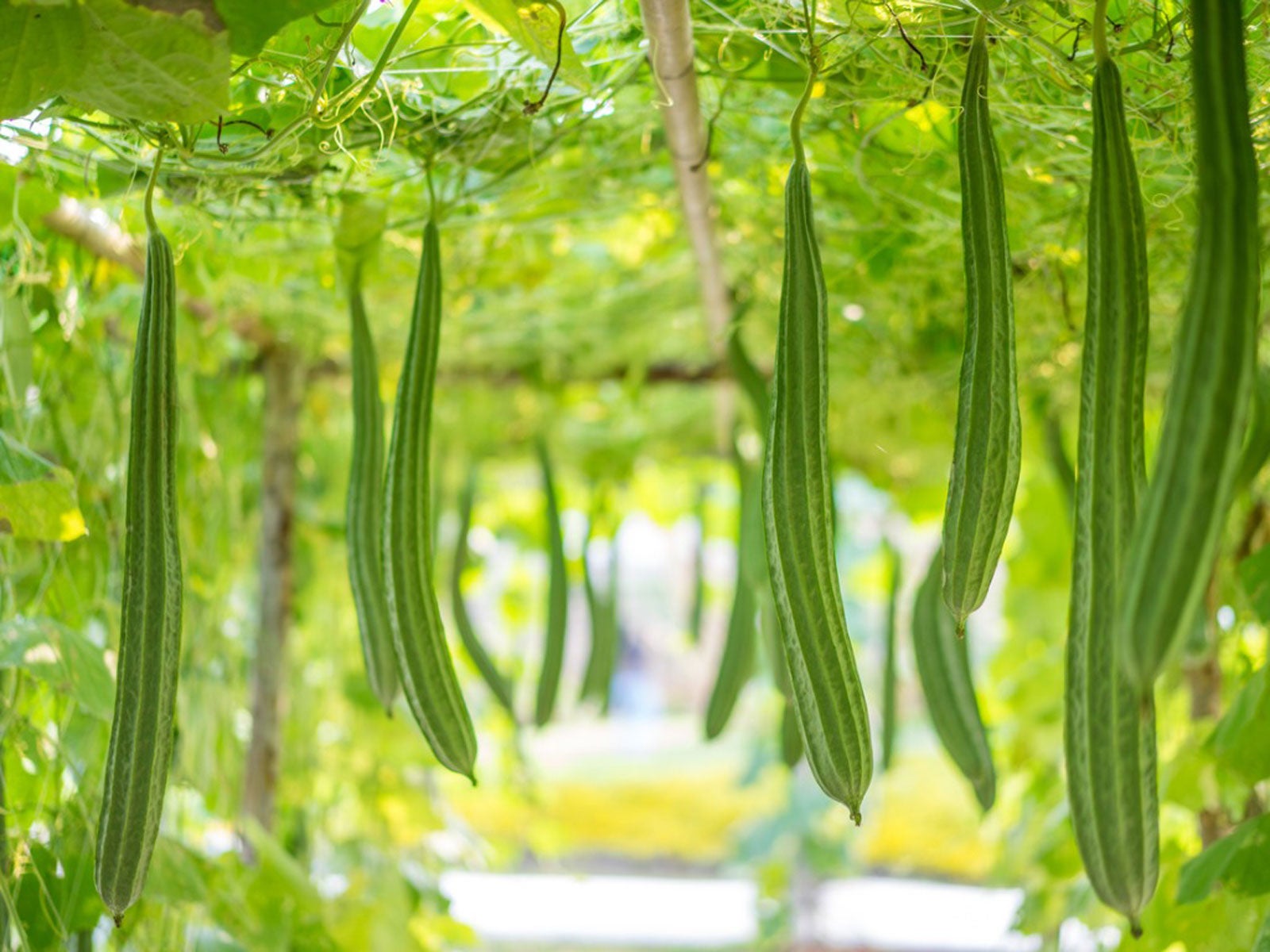 Luffa Pruning Tips: When Do Luffas Need Pruning
Luffa Pruning Tips: When Do Luffas Need PruningLuffa plants are also easy to grow, but do they need pruning? Pruning luffa vines isn't necessary but can help young plants. Learn more here.
By Bonnie L. Grant
-
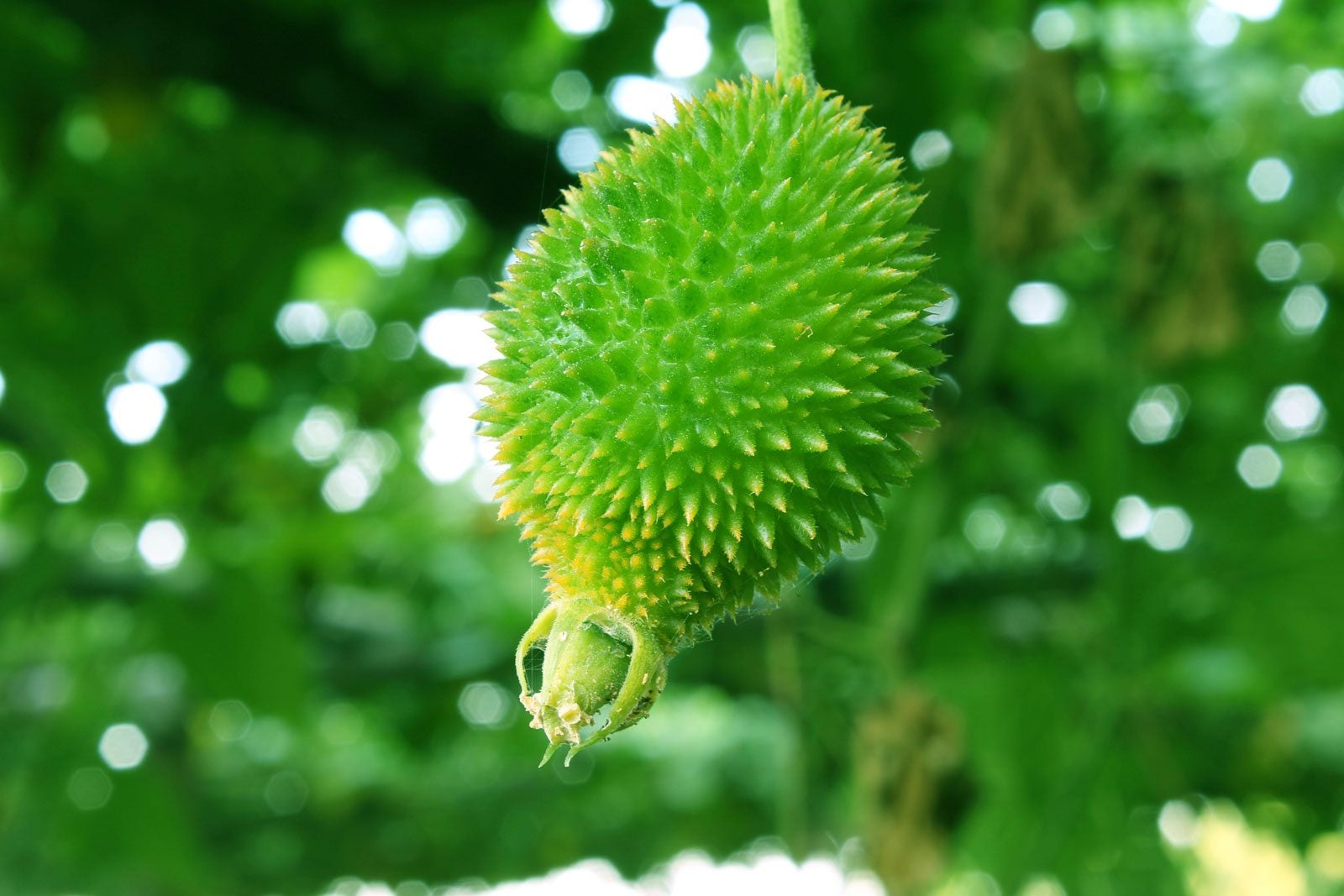 What Is A Hedgehog Gourd: How To Grow Teasel Gourd Plants
What Is A Hedgehog Gourd: How To Grow Teasel Gourd PlantsThere are a myriad of fruits and vegetables - many of which most of us have never heard. Amongst those lesser known are hedgehog gourd plants or teasel gourd. What is a hedgehog gourd? Click this article to learn more.
By Amy Grant
-
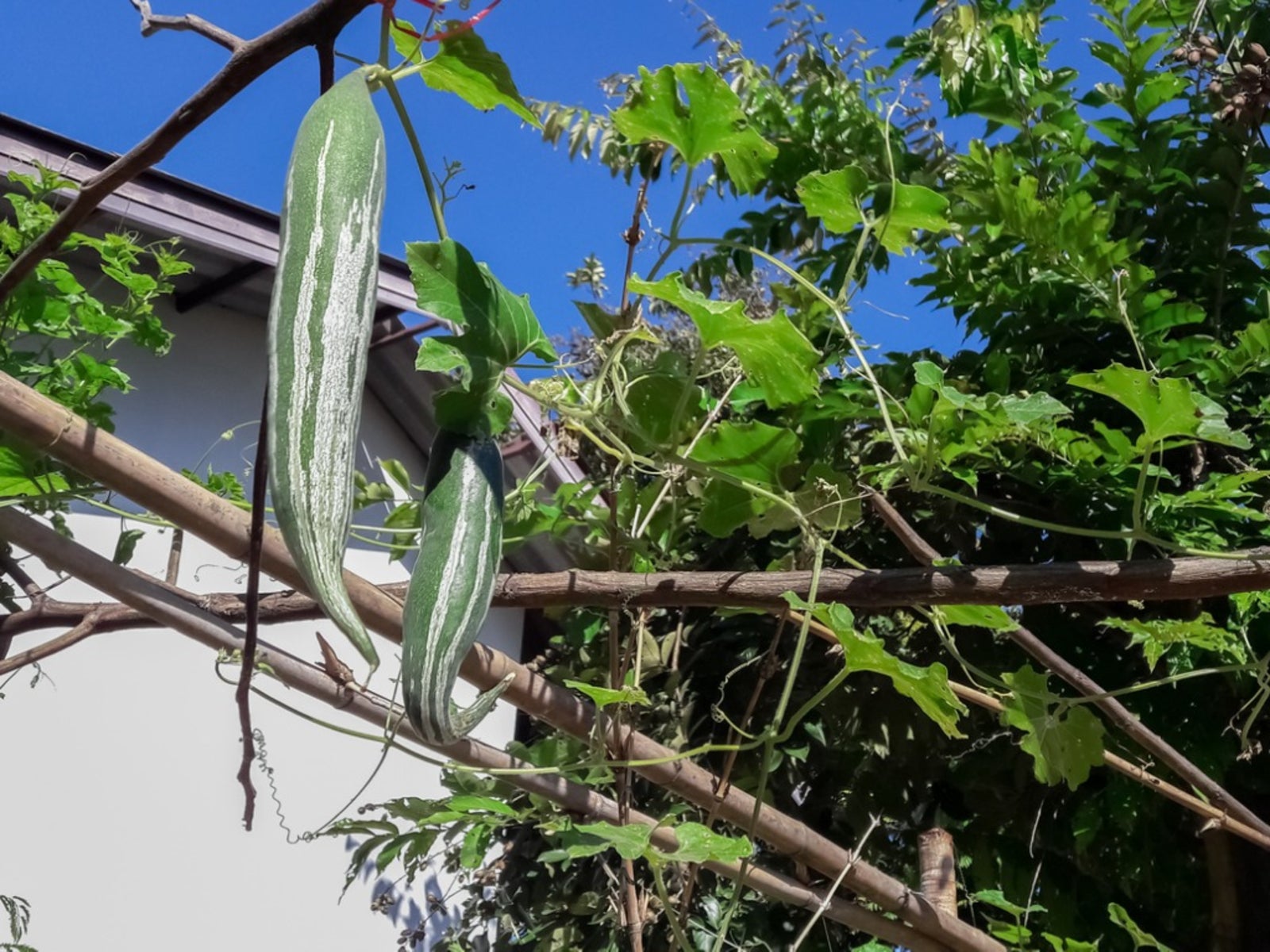 What Is A Snake Gourd Plant: Snake Gourd Info And Growing
What Is A Snake Gourd Plant: Snake Gourd Info And GrowingLooking eerily akin to dangling green serpents, snake gourds are not an item you see every day. What is a snake gourd and how do you care for a snake gourd plant? Read here to learn more.
By Amy Grant
-
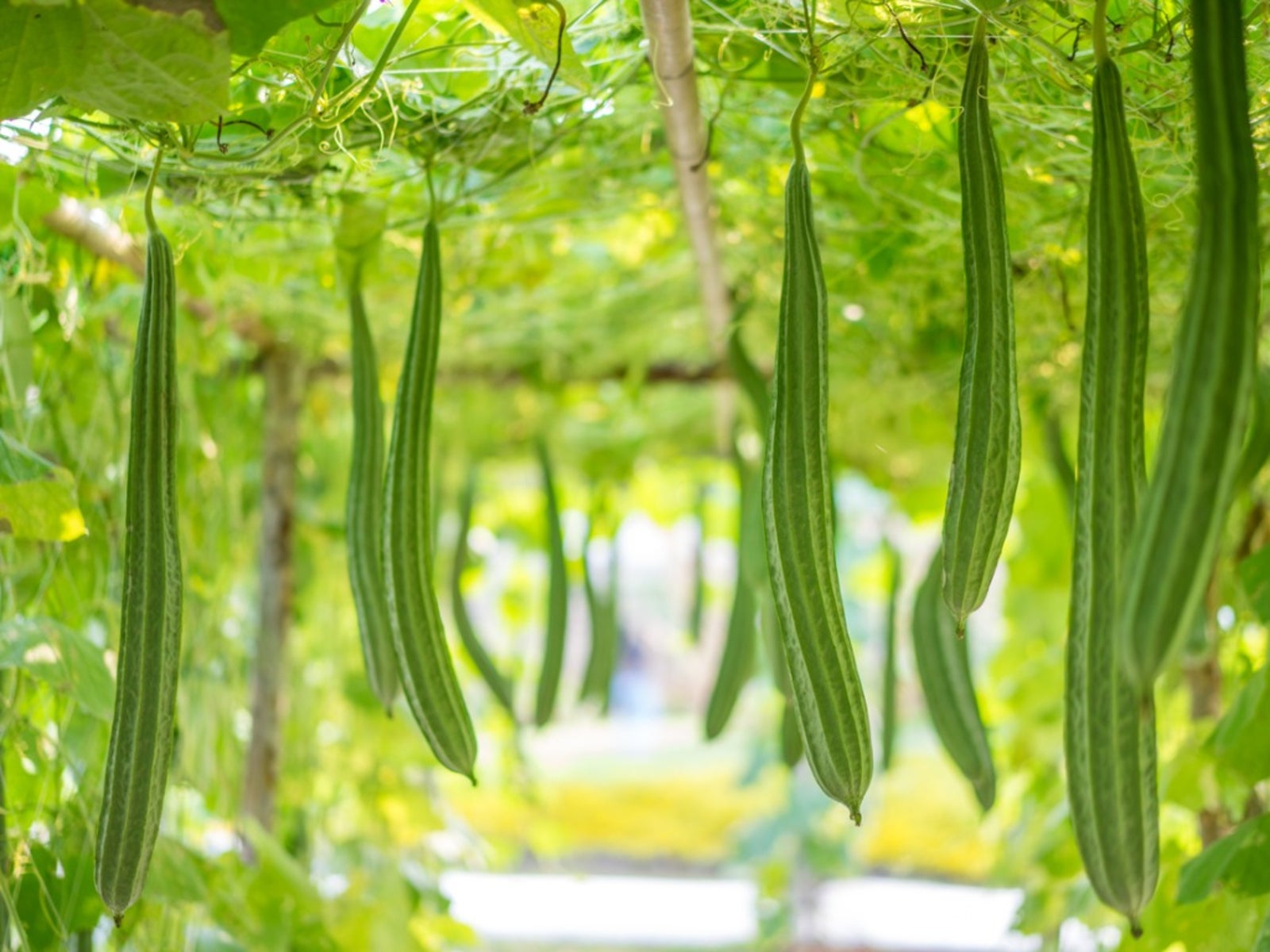 Luffa Plant Care: Information On Luffa Gourd Planting
Luffa Plant Care: Information On Luffa Gourd PlantingYou've likely heard of a luffa sponge and may even have one in the shower. But did you know you can also try your hand at growing luffa plants? Learn more about a luffa gourd and how to grow it in this article.
By Susan Patterson